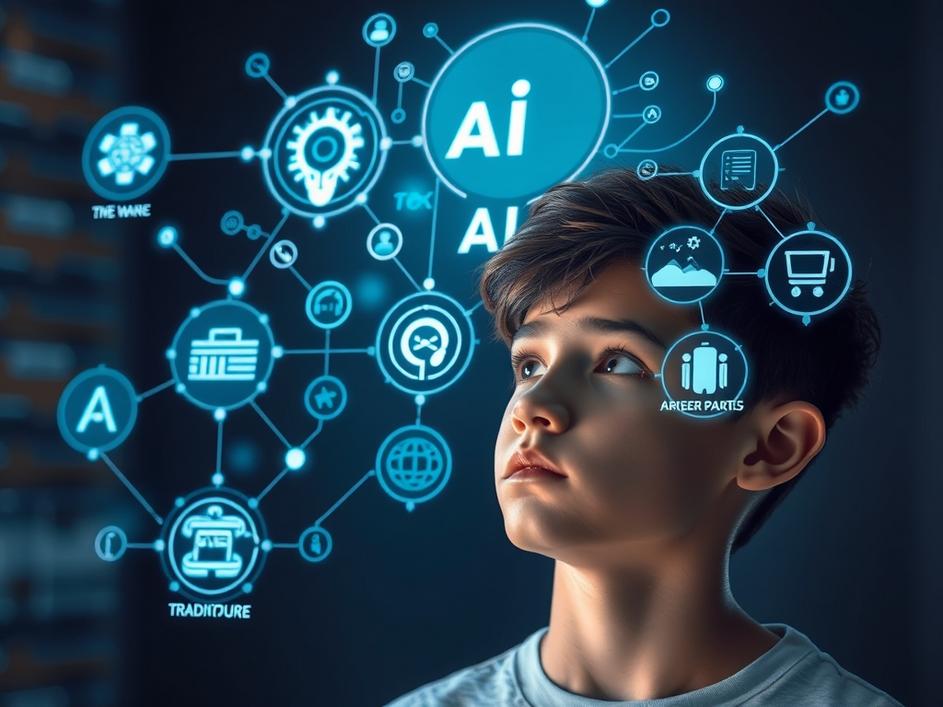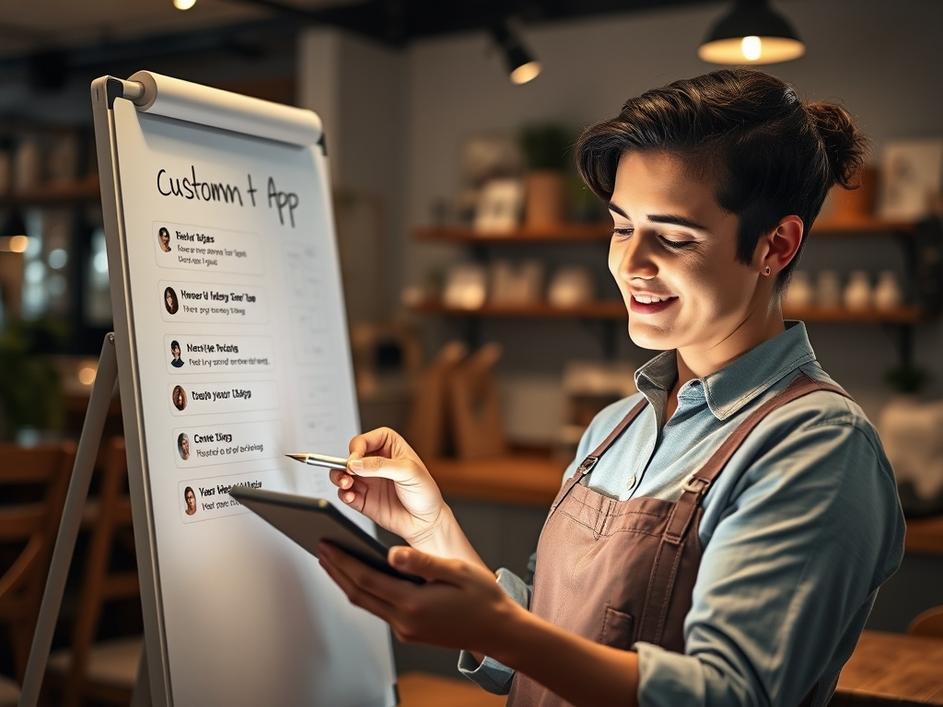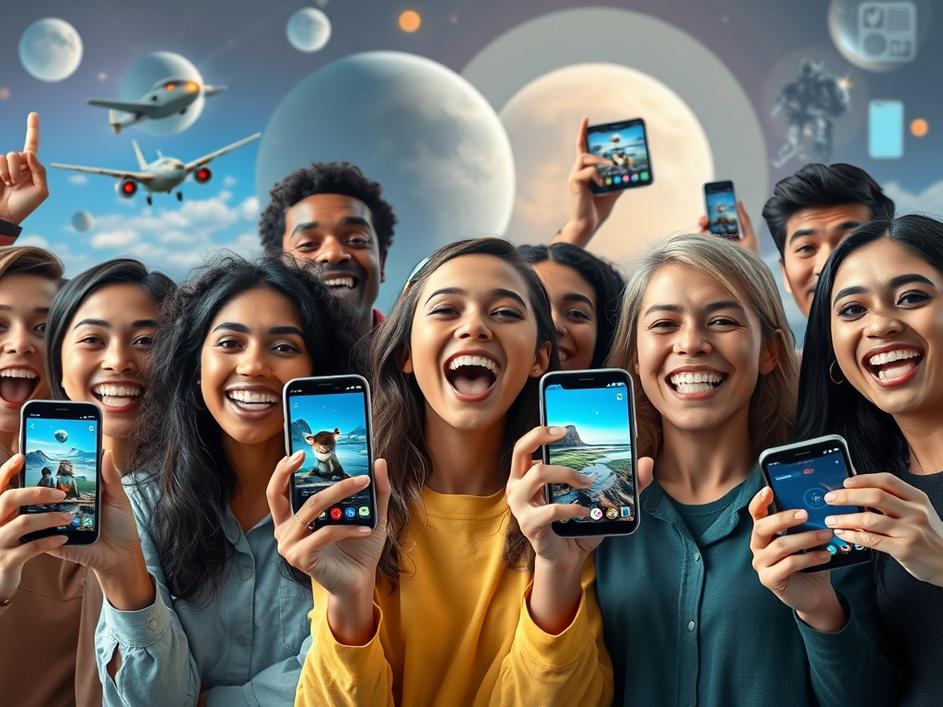


We are a digital agency helping businesses develop immersive, engaging, and user-focused web, app, and software solutions.
2310 Mira Vista Ave
Montrose, CA 91020
2500+ reviews based on client feedback

What's Included?
ToggleFor a long time, podcasts were all about the sound. We loved them because we could listen anywhere – walking the dog, commuting, or just doing chores. It was a perfect way to learn, laugh, or get lost in a story without needing to stare at a screen. But things are changing fast. Spotify, the huge app most of us use for music and audio, is showing us that just listening isn’t enough for a lot of people anymore. Video podcasts are absolutely taking off, and it’s a much bigger deal than you might think.
The numbers from Spotify’s recent reports are pretty wild. They now have nearly half a million video podcasts available for everyone to watch. That’s a massive collection! But even more impressive is how many people are actually tuning in. Almost 400 million users have watched a video podcast on Spotify. Think about that for a second – that’s almost half a billion people choosing to see their favorite shows, not just hear them. It tells us something really important about how we consume media today. This isn’t just a small, niche trend for a few tech early adopters; it’s gone completely mainstream, showing a huge shift in listener habits.
So, why are so many people suddenly flocking to these video versions? It’s more than just hearing someone talk. When you can see a host’s reactions, a guest’s hand gestures, or even just the setup of their studio, it adds so much to the experience. It makes the whole conversation feel more real, more personal, and a lot more engaging. It’s like you’re right there in the room with them, soaking it all in. For those of us who tend to learn better visually, or who just want to feel a stronger connection with the people they’re listening to, seeing them makes perfect sense. It fills a gap that pure audio, no matter how good, just can’t always bridge.
This big move towards video means major changes for the folks actually making these shows. It’s not just about having a great microphone and clear audio quality anymore. Now, podcasters also have to think about things like good lighting, interesting camera angles, what their background looks like, and sometimes even what they’re wearing. It adds a whole new level of work and planning to every episode. For some, it can feel like a lot of extra effort and investment. But for others, it’s a really exciting chance to be more creative, show off more of their unique personality, or use visual aids to help explain complicated topics. It truly opens up new ways of telling stories that were just impossible when it was only about sound.
From where I stand, this growth in video podcasts is a clear sign that the old, rigid lines between different types of media are getting blurrier than ever. Is a video podcast just a regular podcast with a camera pointed at it? Or is it more like a YouTube show that you can also just listen to? It’s a bit of both, and that mix is creating its own unique space in the content world. This hybrid format is super powerful because it truly meets people where they are. You can listen to it while you’re driving, or you can watch it on your tablet while you’re relaxing on the couch. It’s incredibly flexible. For big platforms like Spotify, it means they’re becoming much more than just music and audio apps; they’re turning into major players in the video content game too. This big push shows they want to keep us in their app for longer, offering a wider range of experiences all in one place.
The amazing growth we’re seeing now in video podcasts is probably just the beginning. I think we’ll see even more cool innovations in how these shows are made and watched. Maybe we’ll get interactive elements, or even different viewing modes that let us customize what we see. Creators will definitely get even better at making visual content that works well for both dedicated watching and for when we’re just listening in the background. For us, the audience, it means we’ll have more choices and richer, more engaging experiences. It’s really exciting to imagine how these shows will keep evolving, always finding new ways to connect with us, whether that’s through our ears or our eyes.
It’s super clear that video podcasts aren’t just a passing fad. They’re a core part of how many of us interact with spoken word content now. Spotify is definitely leading the charge, and their success proves that people really do want to see the voices they’ve been listening to for so long. This blending of audio and visual isn’t just a trend; it’s shaping the future of how we learn, how we laugh, and how we connect through digital media. The world of sound just got a whole lot more interesting to look at.



Leave a reply